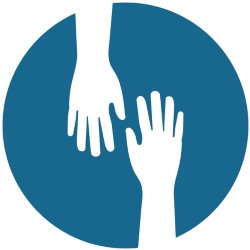
When partnering with researchers or non-profits to build custom websites and apps for their work, our first step is to understand the project. Usually, this happens during the proposal consulting phase before the initial grant is even submitted. This phase of the work may also include some initial design work—usually a mock-up—to provide the grantor with a visual understanding of what’s being proposed.
However, the real fun begins when the grant is awarded. At that point we can start working on architectural and UX designs. After a preliminary design discussion, we will use our fast prototype tools to build a simplified but working version of the project for you to play with. Then we’ll get back together to discuss: Do we have the functionality we need? How was the user experience?
Here’s an example of part of a prototype we built for Harvard’s Graduate School of Education:
We have found that an interactive prototype and an iterative design process can significantly reduce the time and cost for software development by ensuring that we and our partners are working from the same understanding of the project. Furthermore, with these tools we can test the final project early and often with actual end users, such as study participants.
Once we have the agreed-upon design nailed down and understood, we can begin development…